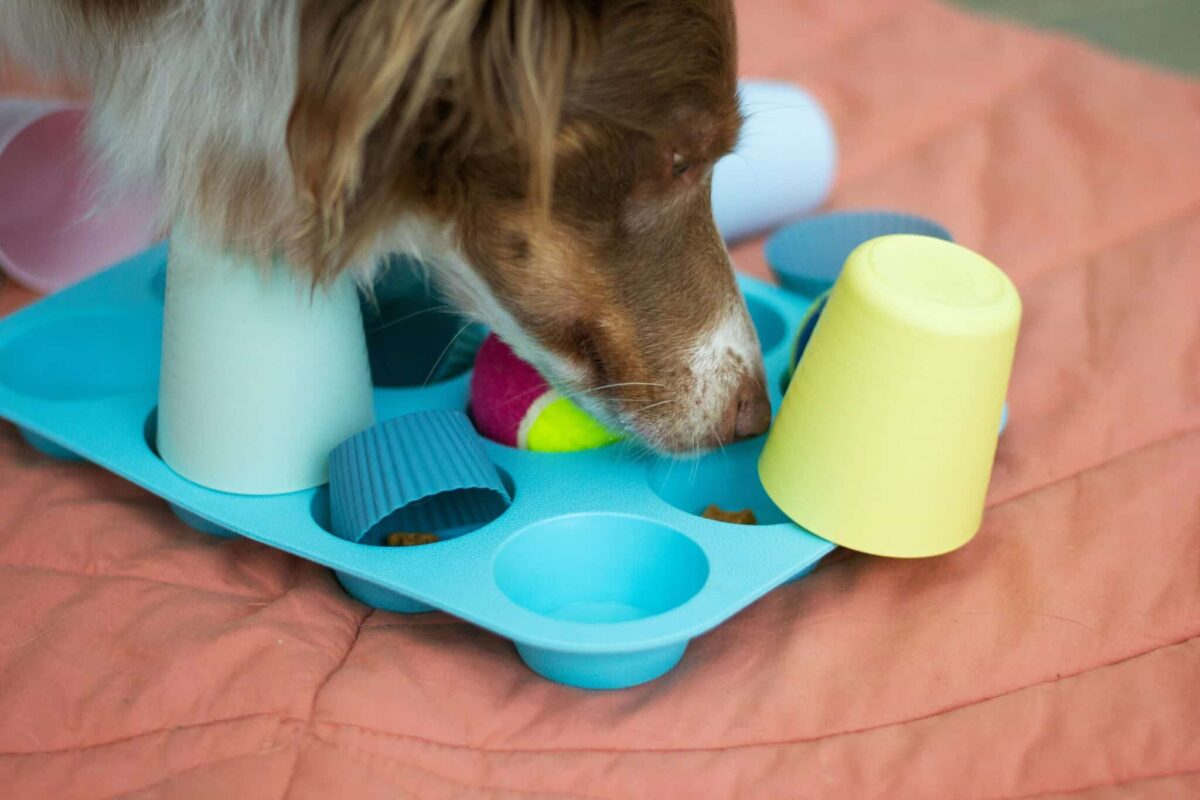
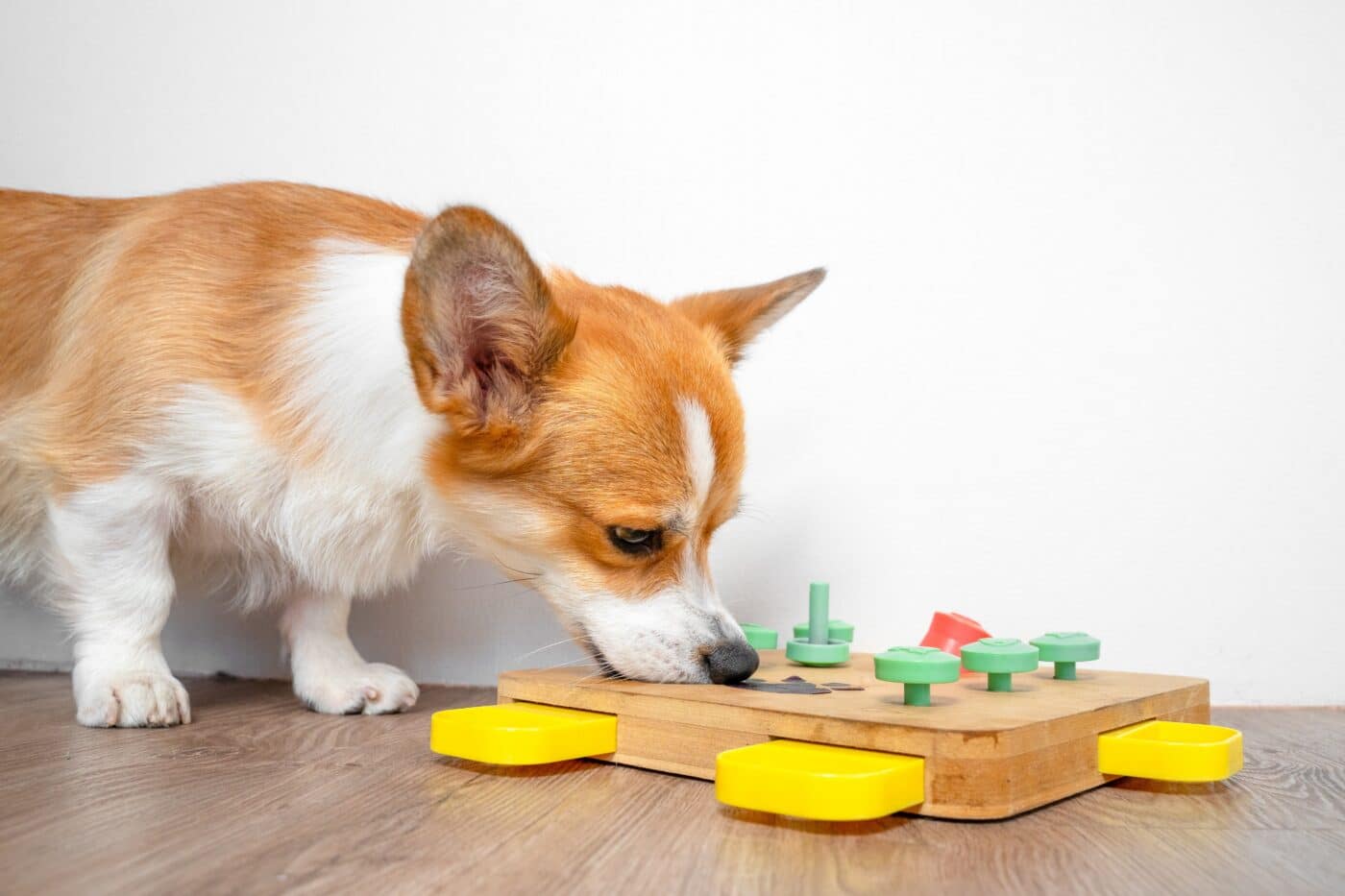 Shutterstock
Shutterstock
It’s a quirky, sometimes puzzling behavior that many dog owners witness: their furry friend stashing treats in strange places around the house. From burying bones in the backyard to tucking biscuits between couch cushions, some dogs seem obsessed with hiding their treasures. While it may seem odd to us, this behavior has deep-rooted reasons, often tied to instinct, environment, and individual temperament. Treat-hiding isn’t just about snacks; it’s about expressing primal urges, seeking comfort, and sometimes even showing off their personality.
Channeling Their Ancestral Instincts
 Shutterstock
Shutterstock
The habit of hiding treats goes back to dogs’ wild ancestors, who couldn’t always count on a steady food supply. Wolves and wild canines would bury food to keep it safe for future meals, protecting it from scavengers. Today, domesticated dogs don’t need to worry about their next meal, but this ancient instinct remains strong. By hiding treats, they’re channeling a survival tactic, ensuring that they’ll have “reserves” for later. This behavior is especially common among breeds with a strong prey drive or those with a history of working independently, as they’re naturally inclined to guard their resources.
A Way to Feel Safe and Secure
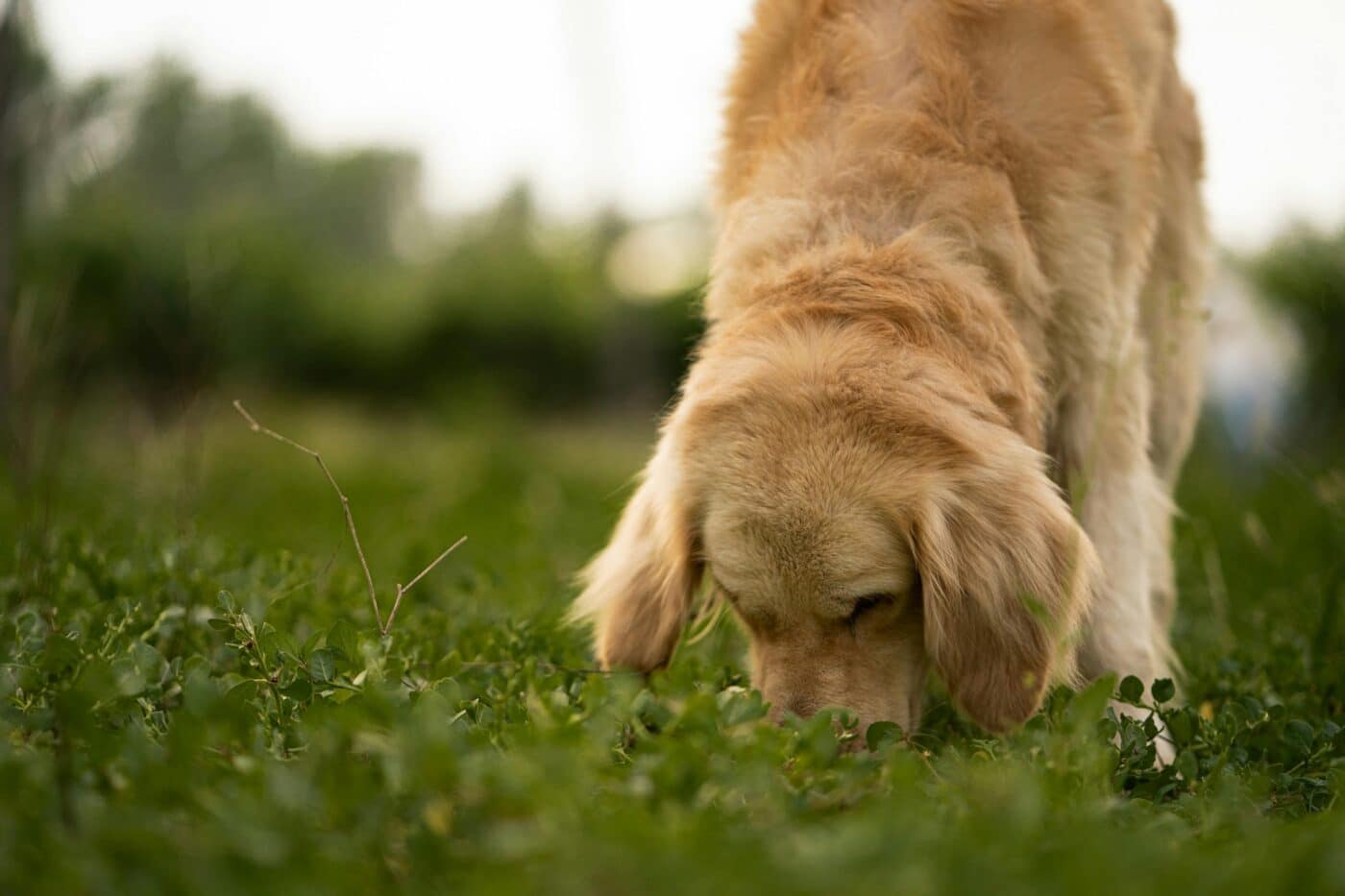 Shutterstock
Shutterstock
For some dogs, hiding treats is a way to create a sense of security in their environment. Dogs may stash food in places they feel are “safe,” such as under a favorite blanket or in a specific corner of the house. This behavior is similar to the way humans keep emergency supplies on hand—it’s a psychological comfort. When a dog hides treats, it creates a personal stash that represents a sense of control and security. This behavior can be especially common in dogs who are more anxious or have a strong attachment to their resources.
Marking Territory with Hidden Treasures
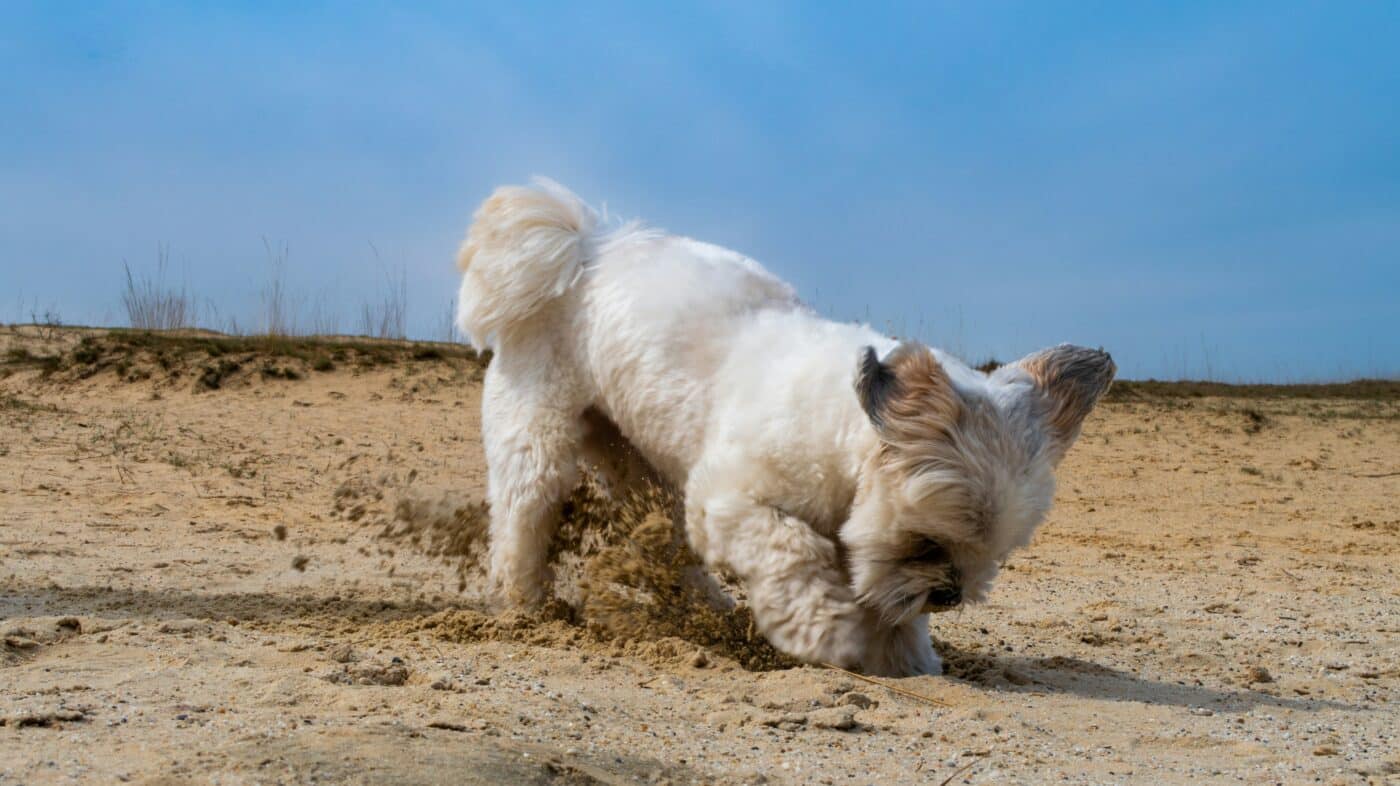 Shutterstock
Shutterstock
Hiding treats can also be a way for dogs to mark territory. Dogs have scent glands in their paws, and when they bury a treat or push it into a hiding spot, they’re leaving a scent marker. This scent communicates to other animals (real or imaginary) that the treat is “theirs.” For dogs that are more territorial or possessive by nature, this treat-hiding behavior can be a way to assert dominance and stake their claim. It’s as if they’re saying, “This is my treat, and I’m the only one allowed to know where it’s hidden!”
Saving Snacks for a Rainy Day
 Shutterstock
Shutterstock
Some dogs are natural savers, feeling the urge to store away treats for future enjoyment. This “saving” behavior can be a reflection of their personality—some dogs just seem to enjoy the idea of delayed gratification. By hiding a treat, they’re creating a little stash for a “rainy day” when they might feel like a special snack. It’s a behavior that aligns with their survival instincts but also shows a level of patience. For particularly food-motivated dogs, saving treats for later may feel as satisfying as eating them immediately.
Expressing Playfulness and Mischief
 Shutterstock
Shutterstock
For some dogs, hiding treats is simply a fun game! They might take pleasure in the act of hiding and then “finding” their treats later on. This playful behavior can be especially common in younger dogs or breeds that have a mischievous streak. Hiding treats can be a way to entertain themselves, creating a form of hide-and-seek that they control. It’s not just about keeping the treat safe; it’s also about the thrill of the game and the joy of uncovering their “prize” when they’re ready to enjoy it.
Mimicking Human Behavior
 Shutterstock
Shutterstock
Dogs are experts at observing and mimicking the behaviors of their human companions. If they’ve seen you putting things away in drawers or cabinets, they might be trying to do the same by “storing” their treats. Dogs naturally want to be part of our world, and mimicking our behavior is one way they show this desire to connect. By hiding their treats, they’re participating in an activity that feels similar to what they observe from their humans, adding an element of social bonding to the behavior.
Coping with Anxiety or Insecurity
 Shutterstock
Shutterstock
For some dogs, hiding treats can be a way to cope with anxiety or feelings of insecurity. This behavior may surface when dogs feel stressed, such as during changes in the household or when there are new people or pets around. By hiding treats, anxious dogs create a sense of control in their environment, giving them a small victory over their uncertain feelings. It’s a self-soothing behavior that can provide comfort in challenging situations, offering a sense of stability when things feel out of balance.
Seeking Attention and Approval
 Shutterstock
Shutterstock
Sometimes, hiding treats is less about the food itself and more about getting a reaction from their humans. Dogs are social animals, and many crave interaction and approval from their owners. If hiding treats leads to a playful reaction or curious response, they may continue the behavior to keep you engaged. This treat-hiding tactic becomes a way for dogs to initiate social interaction and ensure they remain in the spotlight, knowing that their quirky behavior will likely get a smile or laugh from their human.
Testing the Limits of Their Environment
 Shutterstock
Shutterstock
Dogs are natural explorers, and hiding treats allows them to test the boundaries of their environment. By stashing treats in various locations, they’re experimenting with what’s possible and learning about the spaces around them. This behavior may be particularly common in dogs who are curious or adventurous, as they use treat-hiding as a form of exploration. By finding creative spots for their treats, they’re not only satisfying their curiosity but also building a mental map of their surroundings.
Savoring Treats by Delaying the Reward
 Shutterstock
Shutterstock
Some dogs simply love to savor their treats by delaying the enjoyment, seeing treat-hiding as a way to extend the experience. By hiding the treat, they’re stretching out the pleasure, building anticipation for a moment when they can enjoy it fully. This behavior may be more common in dogs that aren’t overly food-motivated and can resist the temptation to devour treats right away. For these dogs, treat-hiding is less about survival or instinct and more about the pleasure of a prolonged treat experience.
Enjoying the Challenge and Mental Stimulation
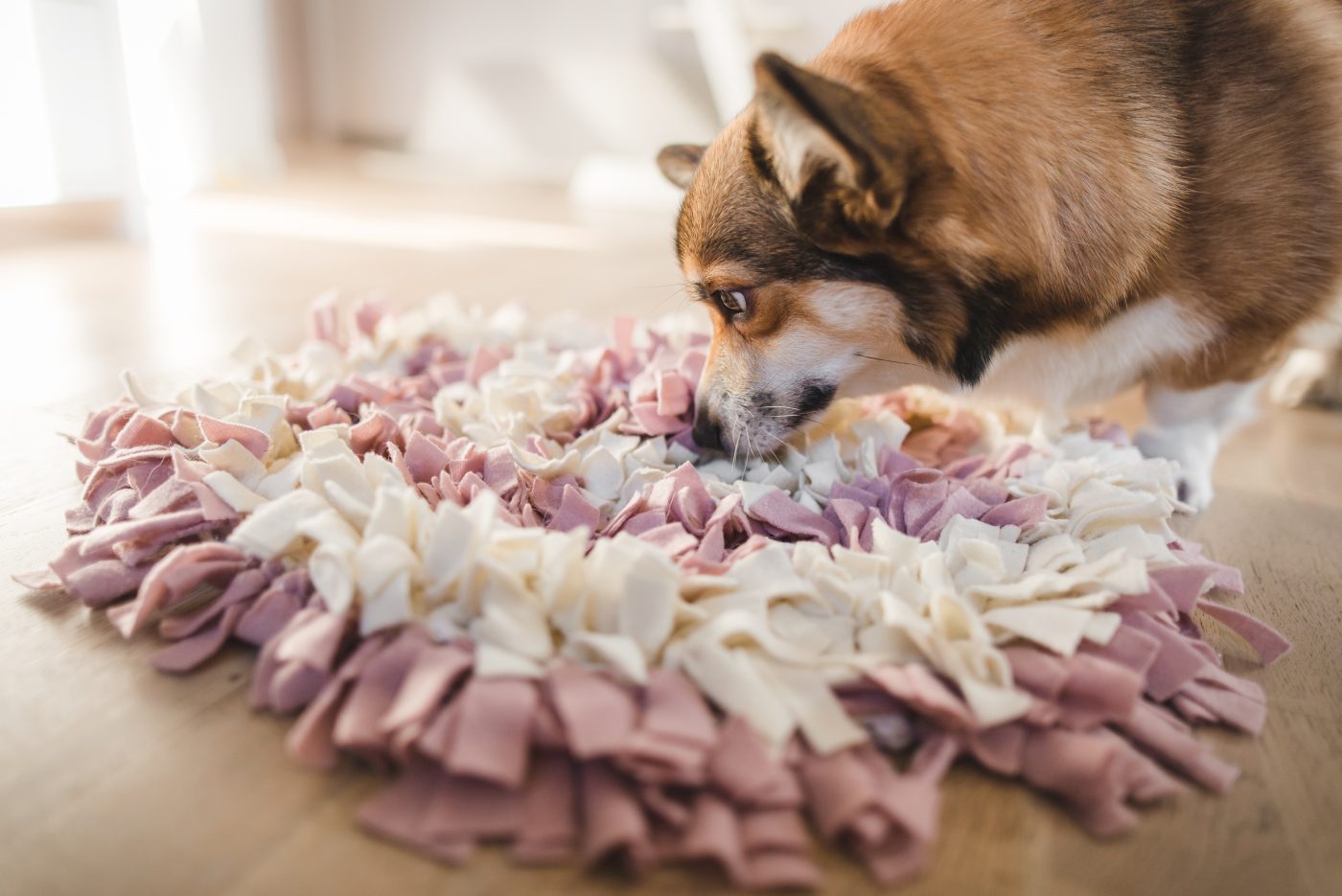 Shutterstock
Shutterstock
Dogs are intelligent animals, and many enjoy challenges that engage their minds. Hiding treats offers a form of mental stimulation, allowing dogs to strategize and think about where to place their “treasure.” This behavior is common among problem-solving breeds that thrive on mental engagement, such as Border Collies and Poodles. For these dogs, treat-hiding provides an enjoyable puzzle that lets them exercise their brains, giving them a sense of accomplishment and purpose.
The Treat-Hider’s Secret
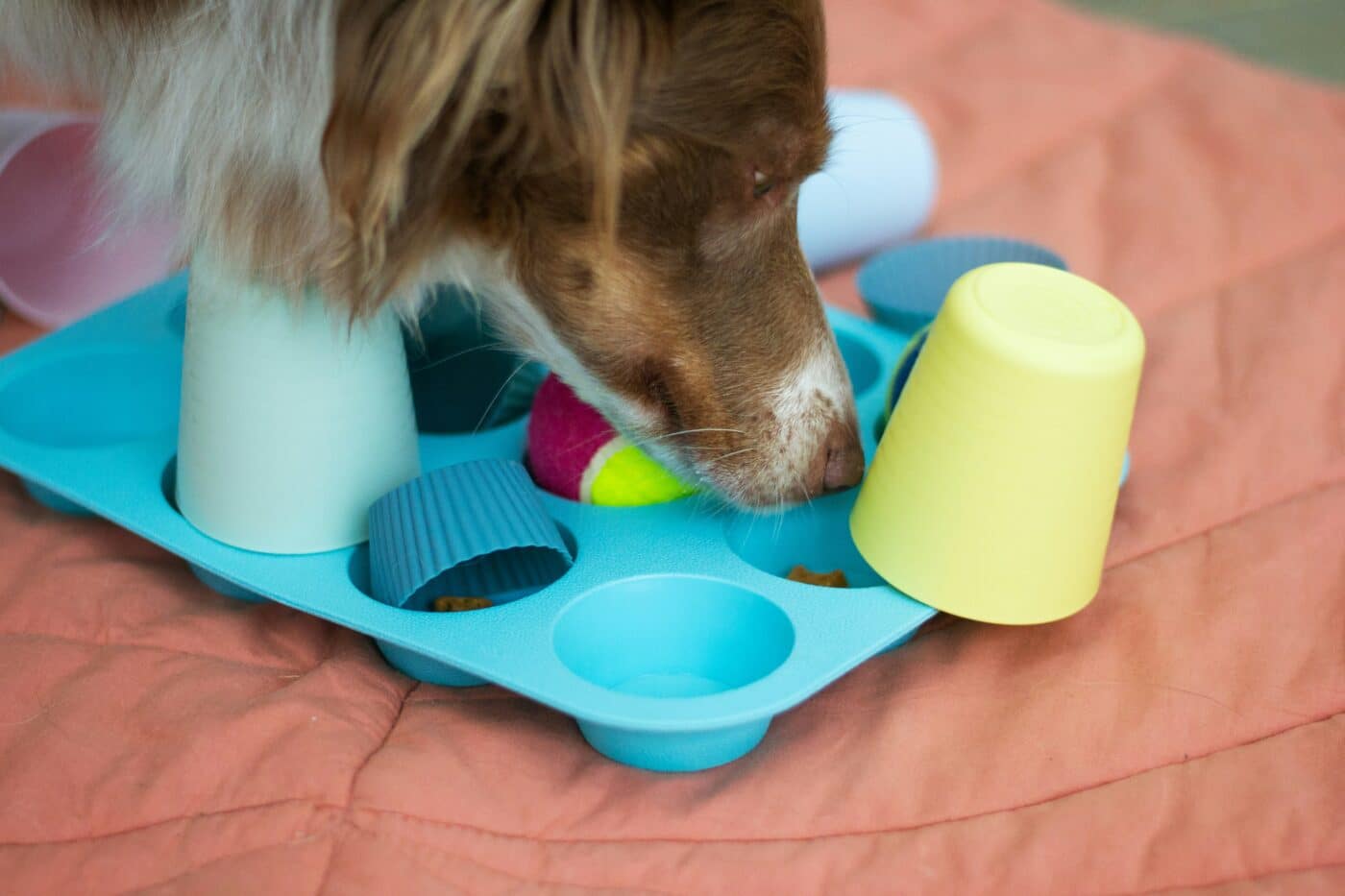 Shutterstock
Shutterstock
There are countless reasons why dogs are obsessed with hiding treats. This quirky behavior showcases their intelligence, creativity, and sometimes their mischievous side. So the next time you find a biscuit stashed under a pillow or a bone hidden in a shoe, remember—your dog is simply following their instincts and having a bit of fun along the way. Embrace the mystery, enjoy the hunt, and let them keep their secrets, because when it comes to treats, a little game of hide-and-seek never hurts anyone!
Discover more from reviewer4you.com
Subscribe to get the latest posts to your email.





